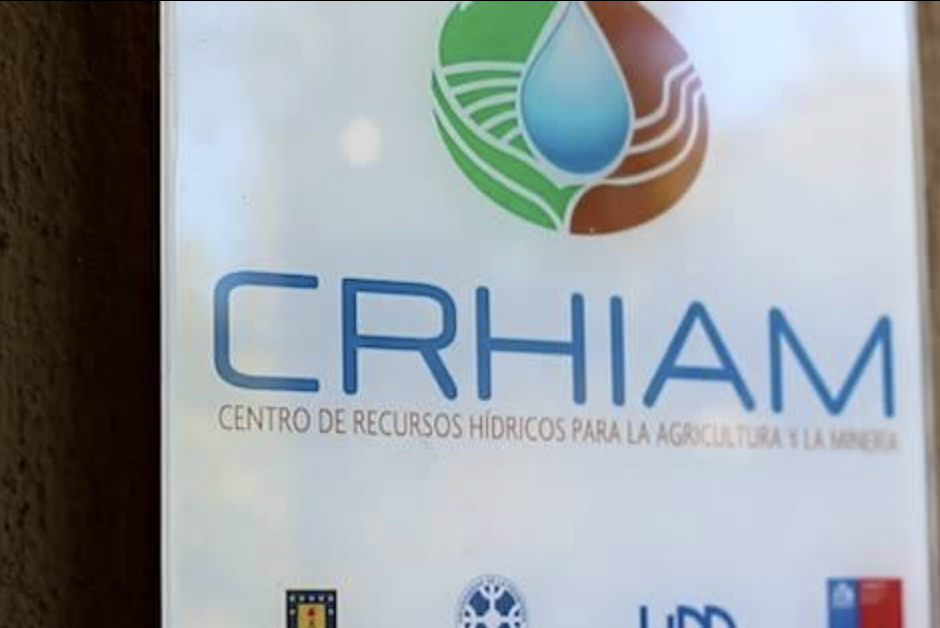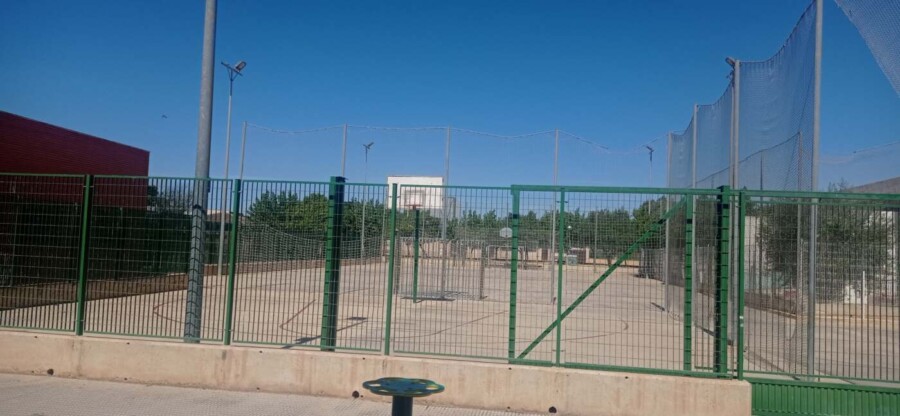Most mammals produce Vocal sounds Through self-oscillation of the laryngeal tissue. On the contrary, it has long been believed that the cats Producing their voices purr Low-frequency bursting occurs through a radically different mechanism involving active muscle contractions, where neurally driven burst patterns (usually at 20-30 Hz) cause activation of the laryngeal muscles and modulate respiratory airflow.
now Researchers They finally have it Discover the volume key Feature includes soft pads on cats’ vocal cords. Scientists have wondered how they are able to emit their distinctive low-pitched purr, since low-frequency sounds are typically produced by larger animals with longer vocal cords. We are Purring pads The connective tissue in the vocal cords appears to increase their density, causing them to vibrate more slowly to emit the species’ characteristic roar.
The international team is led by an audio scientist Christian Herbst Subordinate University of Vienna In Austria, they point out in their paper that their research challenges the common belief that active muscle contractions cause purring. The study has just been published in the specialized journal Current biology.
Scientists now believe that purring may be a Passive dynamic behavior “These low-frequency vocal fold oscillations indicate a special vocal mode with an unusually long closed ratio, reminiscent of the recording of vocal fry in humans,” says Herbst, which continues automatically after the brain sends the start signal. When we talk to vocal fry, we think of a deep, guttural sound made by the vibration of the vocal cords at a very low frequency, which is sometimes described as a deep voice.
“The thickness of the opening and the level of tension in the vocal folds, as well as the airflow through them, contribute to creating the sound. Purring pads work in a similar way, allowing kittens to purr Although their vocal cords are much shorter than oursUsing the same mechanisms that normally generate higher-frequency sounds like meowing, the expert adds.
The collagen and elastin fibers in the connective tissues of the vocal folds are arranged into structures that, like a cat’s meow, dampen the high frequencies of their sounds. These structures, up to 4 mm in diameter, were previously discovered in Domestic catsBut its role in purring has not been explored. To investigate, Herbst and his colleagues removed the larynx, which houses the vocal cords, from eight dead domestic cats. They then applied pressure to the vocal cords and forced warm, humidified air through them.
Without muscle contractions or nerve stimuli, The eight throat produced a purr From intrinsic oscillations in the vocal folds at frequencies in the purring range of domestic cats, between 25 and 30 Hz, this surprising result shows that muscle contraction is not necessary for purring. Connective tissue structures may be the key factor, although this would have to be proven by measuring the process in live cats, which is slightly more difficult.
“Although our data do not completely reject the hypothesis of active muscle contraction for purring – continues the specialist – they do show that the cat’s larynx can easily produce sounds in the purring system with fundamental frequencies of 25 to 30 Hz without neural input. Neither contracting muscles.”
The reason behind cats purring It remains a mystery. Some theories suggest that it indicates contentment and encourages greater interaction with the humans he interacts with. Research also suggests that purring can be a healing mechanism. The research could lead to new insights into the role of purring in cats’ health and well-being. This could help scientists Developing new technologies that mimic purring, such as cat calming devices or even new treatments for pain and anxiety.

:quality(85)/cloudfront-us-east-1.images.arcpublishing.com/infobae/KFMQWJTCCBEK3EGM7NPCHSTJBE.jpg)



